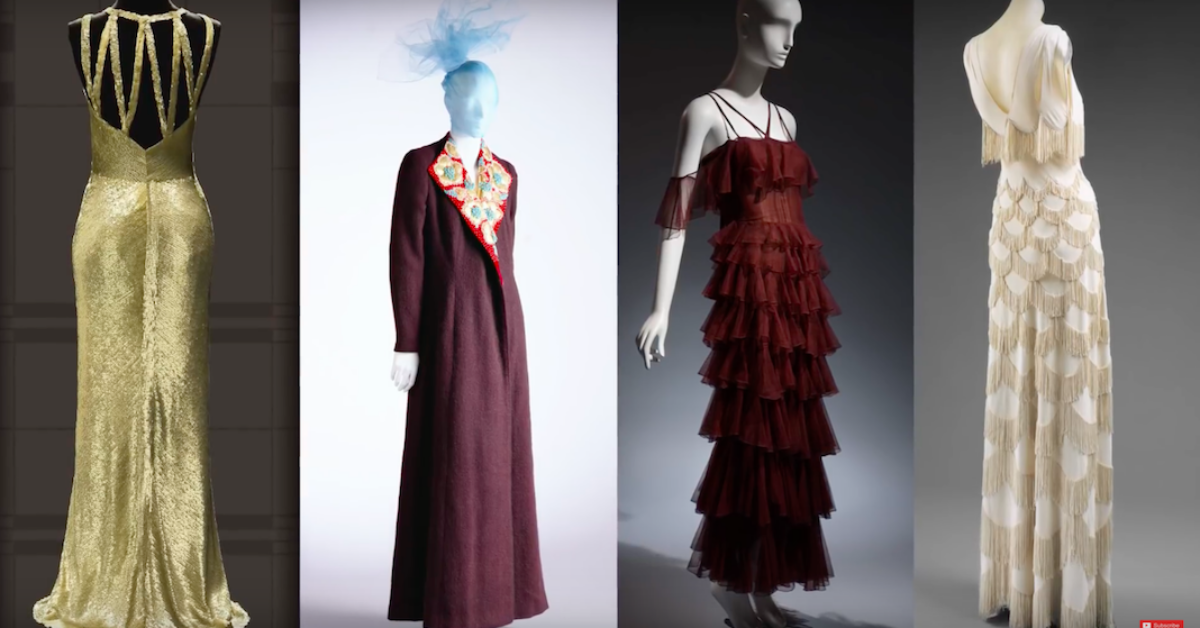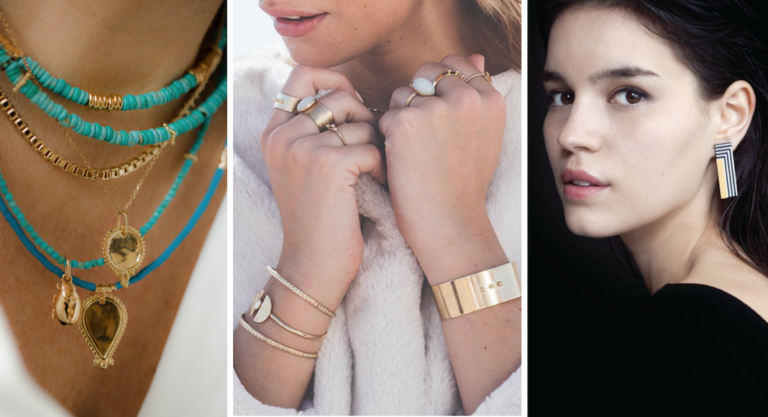“When they can afford to ignore the rules of business and profitability, and when they have [the] budget to create collections that are art rather than design, couture designers produce and show things that really wouldn’t be possible in ready-to-wear.”
In this video by fashion and style vlogger Justine Leconte, Leconte explains the differences between haute couture and its less-glitzy cousin, prêt-à-porter. Ready-to-wear clothing, something we take for granted having grown up in the era of fast fashion, has a history that intertwines with the economic history of France. Post-World War II, most people – even the wealthiest individuals – didn’t have the funds to purchase one-of-a-kind statement pieces. So designers like Chanel and Yves Saint-Laurent began to mass produce garments in order to satisfy consumer needs.
Today, while haute couture is what we think of when we think of fashion, it is not in fact what drives most fashion houses from a budget perspective. Prêt-à-porter has gone from a scandal to a fact of everyday life, and haute couture has become an art form in its own right.
Ready to see some couture in action? Check out this video of The Great Haute Couture Challenge.






